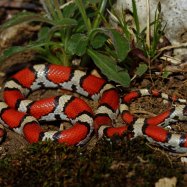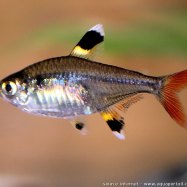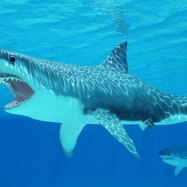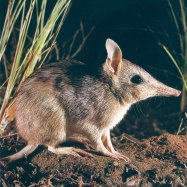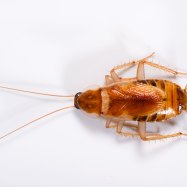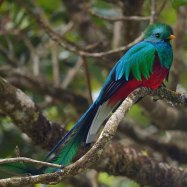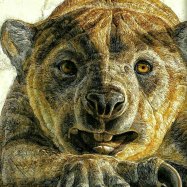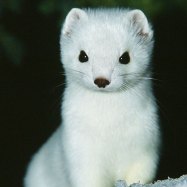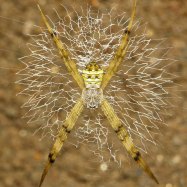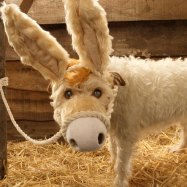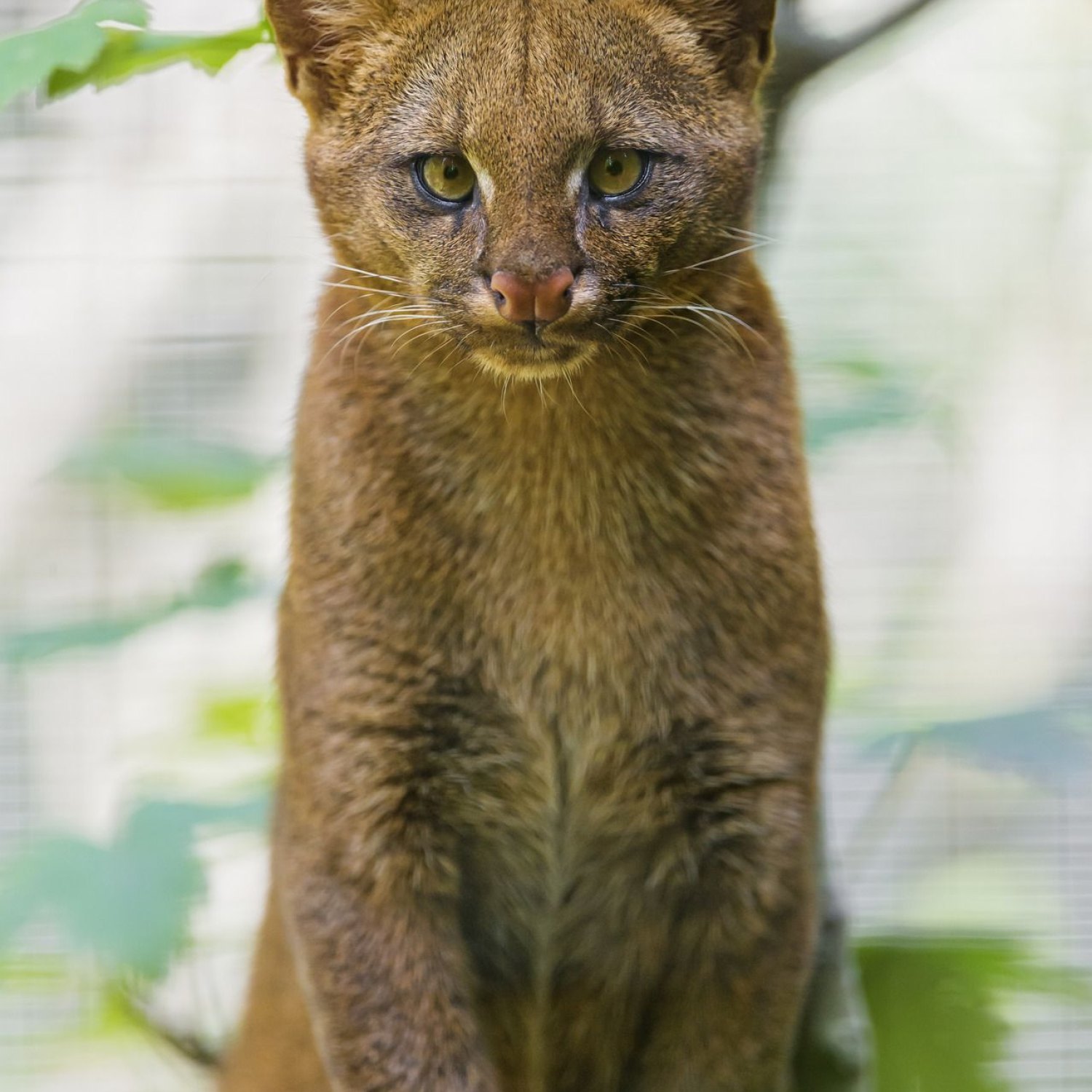
Jaguarundi Cat
1.2 to 1.4 meters
The Jaguarundi cat, found in Mexico and other parts of Central and South America, has a distinct body shape with a long, slender body and short legs. They are part of the Felidae family and can be 1.2 to 1.4 meters in length. Interestingly, they are not found in certain parts of Mexico and have even been spotted in some U.S. states. These elusive animals have a small head, short ears, and a long tail, making them unique among their feline counterparts.
Animal Details Summary:
Common Name: Jaguarundi Cat
Kingdom: Animalia
Habitat: Tropical and subtropical regions, including forests, swamps, and grasslands
The Elusive and Versatile Jaguarundi Cat: From the Tropical Forests of Central and South America to the Deserts of the United States
The forests of Central and South America are known to harbor many unique and intriguing animal species. Among them is the enigmatic and elusive Jaguarundi Cat, or Puma yagouaroundi. This fascinating creature is a member of the Felidae family, and despite its name, it is closer in relation to the Cougar or Mountain Lion than the Jaguar. With its slender body, short legs, and long tail, the Jaguarundi Cat may not be as physically imposing as its feline counterparts, but its impressive range and adaptable nature make it a standout species Jaguarundi Cat.A Puma by Any Other Name
The Jaguarundi Cat is often referred to as the Eyra Cat, the Red Rufus Cat, or the Onza. However, its most common name comes from the Tupi-Guarani language, which means “gray” or “black jaguar.” This name is fitting as Jaguarundis exhibit a range of coat colors, including gray, brown, black, and reddish-brown. The color of their fur is dependent on their habitat and region, with individuals from more tropical regions displaying darker coats, while those in arid areas tend to be lighter in color.Habitat and Distribution
The Jaguarundi Cat is found throughout Central and South America, from Mexico to Argentina. It is an adaptable species that can thrive in a variety of habitats, including forests, swamps, and grasslands. Their distribution extends from the tropical regions of Brazil and the Amazon to the subtropical areas of Argentina and Paraguay.In Mexico, the Jaguarundi Cat is mainly found in the southeastern third of the country, between the states of Veracruz, Oaxaca, Chiapas, Tabasco, and Campeche. Although they have been observed dispersing into the state of Yucatan, they are not found in the northern regions of Sonora, Sinaloa, or Baja California Japanese Spitz. In recent times, Jaguarundis have also been spotted in the United States, with reports of sightings in Arizona and New Mexico.
A Carnivore with a Varied Diet
The Jaguarundi Cat is classified as a carnivore, and its diet includes small mammals, such as rodents, rabbits, birds, and reptiles. However, unlike other wild cats, they are not solely dependent on meat and have been observed eating fish, fruit, and even insects. This varied diet is another factor that allows the Jaguarundi Cat to survive in diverse habitats and climates.The Versatile Body of the Jaguarundi
One of the most striking features of the Jaguarundi Cat is its unique body shape. Unlike other felines, it has a long, slender body with short legs, which makes it resemble a weasel more than a cat. This shape allows it to move easily through dense vegetation and low-lying areas, making it a skilled hunter in the forest and grasslands.The Size of a Jaguarundi
On average, Jaguarundis measure between 1.2 to 1.4 meters in length and weigh between 5 to 9 kilograms. Their small size may make them look vulnerable, but they are still formidable hunters and can take down prey much larger than themselves.A Mystery to Scientists
Despite being found in many locations throughout their range, the Jaguarundi Cat remains a mysterious animal to scientists. Little is known about their behavior, and only a few studies have been conducted on their ecology and population dynamics. Their elusive nature makes it challenging to track and study them in the wild, and their wide distribution only adds to the complexity of understanding this unique species.Threats to the Jaguarundi Cat
Like many wild animals, the Jaguarundi Cat faces numerous threats to its survival. Habitat loss and fragmentation due to urbanization, agricultural expansion, and deforestation are some of the primary threats to their existence. Additionally, illegal hunting and trapping, as well as road collisions, have also led to a decline in their population.Conserving the Jaguarundi Cat
To ensure the survival of the Jaguarundi Cat, conservation efforts are crucial. The most significant step towards preserving this species is protecting their natural habitats from deforestation and fragmentation. This can be achieved through creating protected areas and implementing sustainable land-use practices.Other conservation efforts include managing and controlling hunting, poaching, and illegal pet trade. These measures can be achieved through education, enforcement of laws, and raising awareness of the importance of preserving this unique species.
In Conclusion
The Jaguarundi Cat is a fascinating and mysterious animal that has captured the interest of scientists and animal lovers alike. Its versatility, unique body shape, and varied diet make it a standout species among felines. However, as with many wild animals, its survival is threatened by human actions. It is vital to take action to protect and conserve the Jaguarundi Cat to ensure its survival for future generations to appreciate and admire this elusive and remarkable creature.

Jaguarundi Cat
Animal Details Jaguarundi Cat - Scientific Name: Puma yagouaroundi
- Category: Animals J
- Scientific Name: Puma yagouaroundi
- Common Name: Jaguarundi Cat
- Kingdom: Animalia
- Phylum: Chordata
- Class: Mammalia
- Order: Carnivora
- Family: Felidae
- Habitat: Tropical and subtropical regions, including forests, swamps, and grasslands
- Feeding Method: Carnivorous
- Geographical Distribution: Central and South America
- Country of Origin: Mexico, Central and South America
- Location: Mexican Jaguarundis are found mostly in southeastern third of the country, between Veracruz, Oaxaca, Chiapas, Tabasco, and Campeche; although dispersing individuals have been found in the state of Yucatan. They are never found in Sonora, Sinaloa, or Baja California. In recent times jaguarundis have been observed in the U.S. states of Arizona and New Mexico. They are also found in Belize, Brazil, Colombia, Costa Rica, Ecuador, El Salvador, French Guyana, Guadeloupe, Guatemala, Guyana, Honduras, Mexico, Nicaragua, Panama, Paraguay, Peru, Puerto Rico, Surinam, Trinidad and Tobago, Uruguay, and Venezuela.
- Animal Coloration: Jaguarundis exhibit a wide range of coat colors, including gray, brown, black, and reddish-brown. The color of their fur can vary depending on their habitat and region.
- Body Shape: Jaguarundis have a long, slender body with short legs. They possess a small head, short rounded ears, and a long tail.
- Length: 1.2 to 1.4 meters
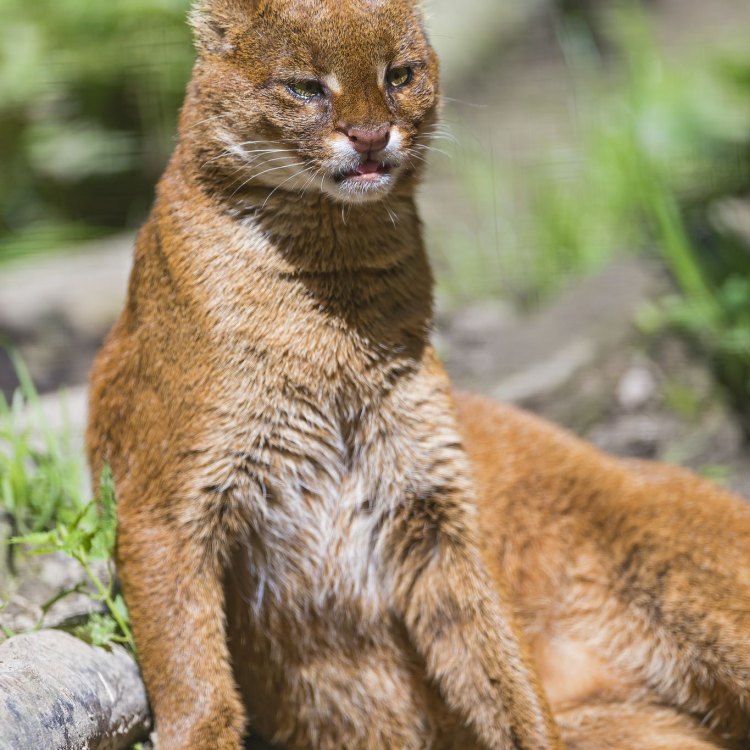
Jaguarundi Cat
- Adult Size: Jaguarundis are medium-sized cats, measuring around 50 to 77 cm in length, with a tail length of about 31 to 60 cm. They weigh between 4 to 9 kg.
- Average Lifespan: 10 to 12 years
- Reproduction: Jaguarundis are solitary animals, coming together only for mating purposes.
- Reproductive Behavior: Females have a gestation period of 70 to 76 days and typically give birth to a litter of one to four kittens. The kittens become independent at around 9 to 10 months old.
- Sound or Call: Jaguarundis produce a variety of vocalizations including growls, yowls, hisses, and purrs.
- Migration Pattern: Jaguarundis do not have strictly defined migration patterns, but they may move to different areas within their range in search of prey or suitable habitat.
- Social Groups: Jaguarundis are solitary animals and do not form social groups.
- Behavior: Jaguarundis are active both during the day and night. They are highly arboreal and agile climbers.
- Threats: Habitat loss due to deforestation, fragmentation, and conversion of land for agriculture are major threats to the Jaguarundi population. They are also affected by hunting and poaching, as well as road mortality.
- Conservation Status: The Jaguarundi is listed as a species of Least Concern by the International Union for Conservation of Nature (IUCN). However, local populations are declining in many regions due to habitat loss and fragmentation.
- Impact on Ecosystem: As carnivores, Jaguarundis play an important role in controlling populations of small mammals, helping to maintain balance in ecosystems.
- Human Use: Jaguarundis are occasionally kept as exotic pets, although this practice is not recommended due to their specific environmental and dietary needs.
- Distinctive Features: Jaguarundis have a unique body shape with a long, slender body and short legs. They also have a small head, short rounded ears, and a long tail. Their coat color can vary greatly, ranging from gray, brown, black, to reddish-brown.
- Interesting Facts: 1. Jaguarundis are skilled swimmers and have been known to catch fish in rivers and streams. 2. They are excellent climbers and are often found resting or hunting in trees. 3. Jaguarundis have been observed using their long tails to communicate with each other, twitching it up and down when interacting. 4. Unlike other cats, the Jaguarundi does not have retractable claws. 5. They have a unique vocalization known as a chirr, a sound similar to the call of a bird.
- Predator: Jaguarundis are predators themselves and are not usually preyed upon by other animals due to their agility and speed.
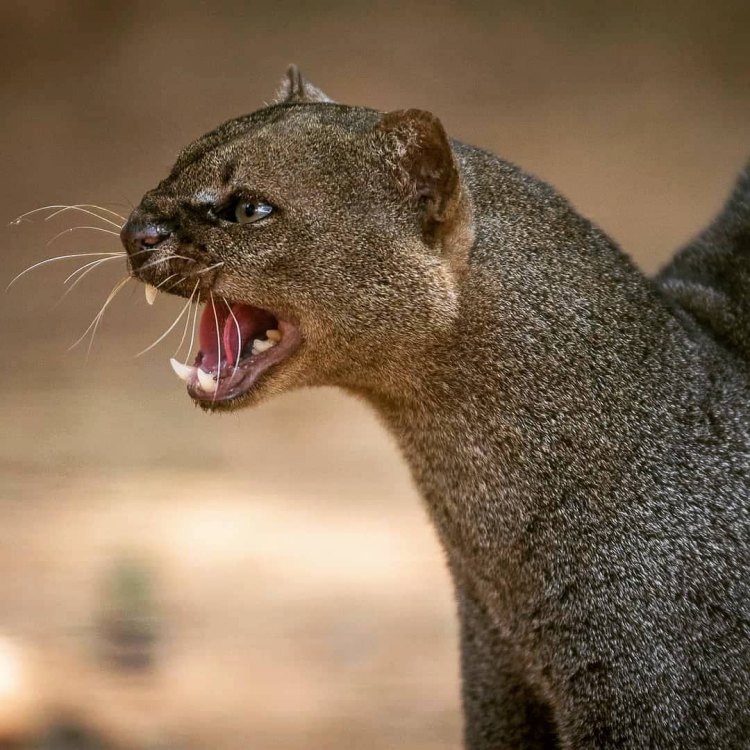
Puma yagouaroundi
The Fascinating and Rare Jaguarundi Cat: A Master of Adaptation
One might assume that all members of the cat family, known for their strikingly similar physical characteristics, also exhibit similar behaviors and lifestyles. However, one unique member of this family, the Jaguarundi cat, breaks this mold with its distinctive features and behavior. This medium-sized feline, known as Puma yagouaroundi in the scientific community, can be found in various regions of North, Central, and South America. In this article, we’ll take a closer look at the Jaguarundi cat and explore its fascinating traits, behaviors, and impact on the environment PeaceOfAnimals.Com.Distinction in Size and Appearance
The Jaguarundi cat is most recognizable by its long, slender body and short legs. Its body ranges from 50 to 77 cm in length, with a tail of about 31 to 60 cm. They typically weigh between 4 to 9 kg, making them medium-sized cats. However, in some regions, they can grow even larger, with the largest recorded Jaguarundi weighing in at a whopping 16.5 kg! Their small head, short rounded ears, and long tail add to their unique physical appearance.
Additionally, Jaguarundis have a coat color that can vary significantly, ranging from gray, brown, black, to reddish-brown. This color variation depends on their habitat, with those living in dense forests adapting a darker color to blend in with their surroundings. In contrast, those living in open areas tend to have lighter-colored coats. This ability to adapt their coat color to their environment makes them even more intriguing and rare Jaguar.
Reproduction and Behavior
Jaguarundis are solitary creatures, coming together solely for mating purposes. Females have a gestation period of 70 to 76 days and typically give birth to a litter of one to four kittens. Interestingly, unlike most big cats, the Jaguarundi kittens become independent at a surprisingly young age of 9 to 10 months old. After this, they start living a solitary life and do not form social groups like other cats.
These cats are active both during the day and night, making them crepuscular creatures. They are highly arboreal and agile climbers, spending much of their time resting and hunting in trees. They also have diverse vocalizations, including growls, yowls, hisses, and purrs. Furthermore, they have a unique vocalization known as a chirr, a sound similar to the call of a bird. Jaguars use this sound to communicate with each other, especially during mating and hunting.
Migration Patterns and Predators
Jaguarundis do not have strictly defined migration patterns. Still, they may move to different areas within their range in search of prey or suitable habitat. These carnivorous felines mainly prey on small animals such as rodents, rabbits, birds, and lizards. This diet, along with their agility and speed, makes them less vulnerable to predators. As a result, they are not usually preyed upon by other animals.
Threats and Conservation Status
Despite their agility and flexibility, the Jaguarundi population is facing numerous threats today, primarily due to human activities. Habitat loss, land fragmentation, and deforestation are major concerns for these cats as they depend on extensive hunting grounds. As human populations grow, and land is converted for agriculture, the natural habitats of the Jaguarundis are disappearing rapidly. They are also affected by hunting and poaching, as well as road mortality.
According to the International Union for Conservation of Nature (IUCN), the Jaguarundi is listed as a species of Least Concern. However, local populations are declining in many regions due to habitat loss and fragmentation. To combat these threats and protect their dwindling population, organizations like the National Wildlife Federation are working towards conserving these beautiful animals.
Impact on the Environment
As a top predator, Jaguarundis play an essential role in maintaining balance in ecosystems. They help control the population of small mammals, which in turn, ensures the proper functioning of the food chain. This control is particularly crucial in regions where small mammals like rodents may become overpopulated and cause crop damage. By preying on these animals, Jaguarundis contribute to the maintenance of a healthy and diverse ecosystem.
Human Use and Interesting Facts
Jaguarundis are occasionally kept as exotic pets, although this practice is not recommended due to their specific environmental and dietary needs. In the wild, they are also used for their fur, which has a beautiful pattern and is highly prized. However, this has led to their overhunting and has further contributed to their declining population.
As we continue to explore this fascinating feline, there are a few interesting facts that are worth mentioning. Firstly, Jaguarundis are skilled swimmers and have been known to catch fish in rivers and streams. Secondly, they are excellent climbers and are often found resting or hunting in trees. Lastly, unlike other cats, Jaguarundis do not have retractable claws, enhancing their specialized climbing abilities.
In Conclusion
The Jaguarundi cat is a rare and fascinating creature that continues to amaze scientists and animal lovers alike. With its unique physical characteristics, behaviors, and impact on the environment, it stands out among the rest of the cat family. The threat of habitat loss and fragmentation continues to pose significant challenges to their survival. It is our responsibility to take action and preserve these beautiful creatures for future generations to appreciate and explore.
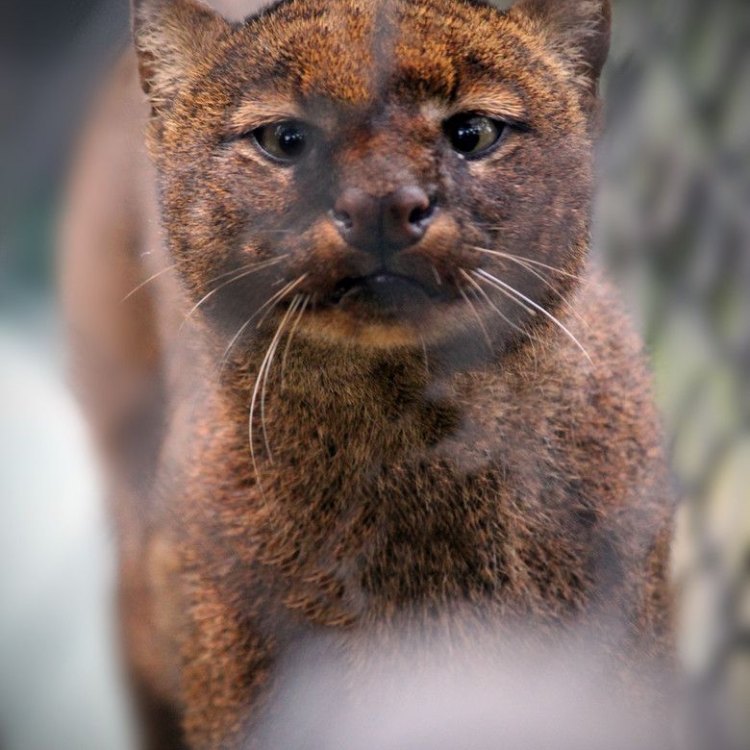
The Elusive and Versatile Jaguarundi Cat: From the Tropical Forests of Central and South America to the Deserts of the United States
Disclaimer: The content provided is for informational purposes only. We cannot guarantee the accuracy of the information on this page 100%. All information provided here may change without prior notice.

